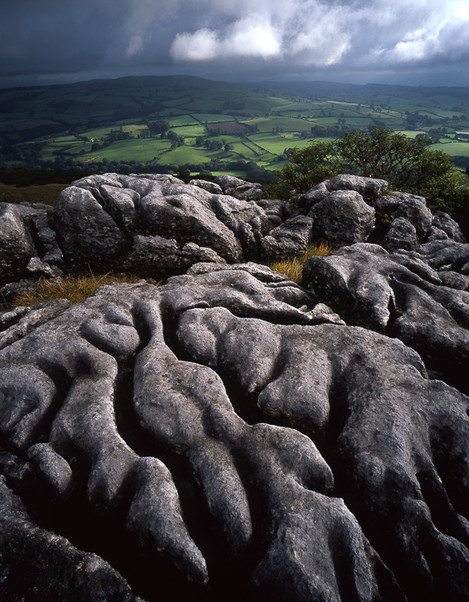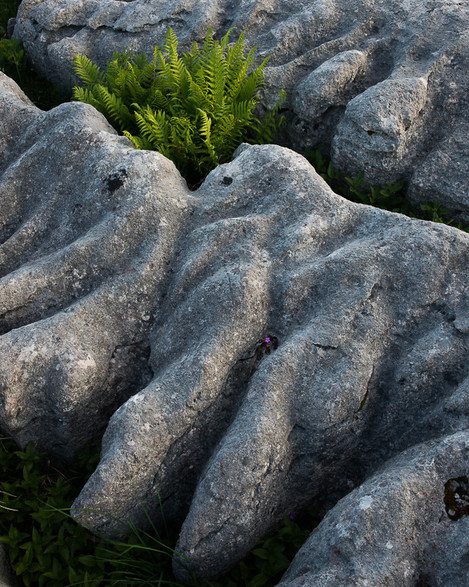Flow & Time

Andy Latham
Based in Bolton, I concentrate my photography on the landscapes of north-west England, with occasional forays to Scottish islands. The images that I make are simple observations from my wanderings, whether that be a grand vista or a more intimate detail.
Confessing to having a favourite type of rock opens oneself to a certain amount of derision and the inevitable quip, “Is it Blackpool?” However, I would guess that a large portion of landscape photographers have at least a passing interest in geology; after all, geology is frequently the essence of what is being photographed. Rock helps to define a place, whether that is the gritstone sculptures of the Peaks, the Torridonian sandstone of Assynt or the exquisite, ancient swirls of Lewisian gneiss in the Outer Hebrides. As wonderful as these rocks are, one rock stands out, to me, as just that little bit different, that little bit special – limestone. Limestone has a story to tell like no other, a story that spans the vastness of geological time and yet one that continues on a scale more comprehensible to humans.
For a start, limestone is made out of life. The Carboniferous limestone found in the north-west of England was created 350 million years ago by layer upon layer of dead sea creatures and corals settling on the bottom of a warm, shallow tropical sea. Mind-blowing geological processes turned the calcite of the creatures into rock and transported it to what is currently Yorkshire. So the next time you are standing at the top of Malham Cove or wandering over Twistleton Scar take a moment to reflect on the fact that you are standing on a former sea bed that used to be somewhere akin to the Bahamas! After arriving in its current location the limestone then underwent the rigours of the ice age, the bedrock scoured and gouged before finally being revealed 10,000 years ago as the last of the ice retreated. Exposed to the weather, the rock then succumbed to the slow, subtle effects of rainwater dissolving and eroding to form the karst landscape of caverns, potholes and the clints & grikes of limestone pavement; a process which continues today.



